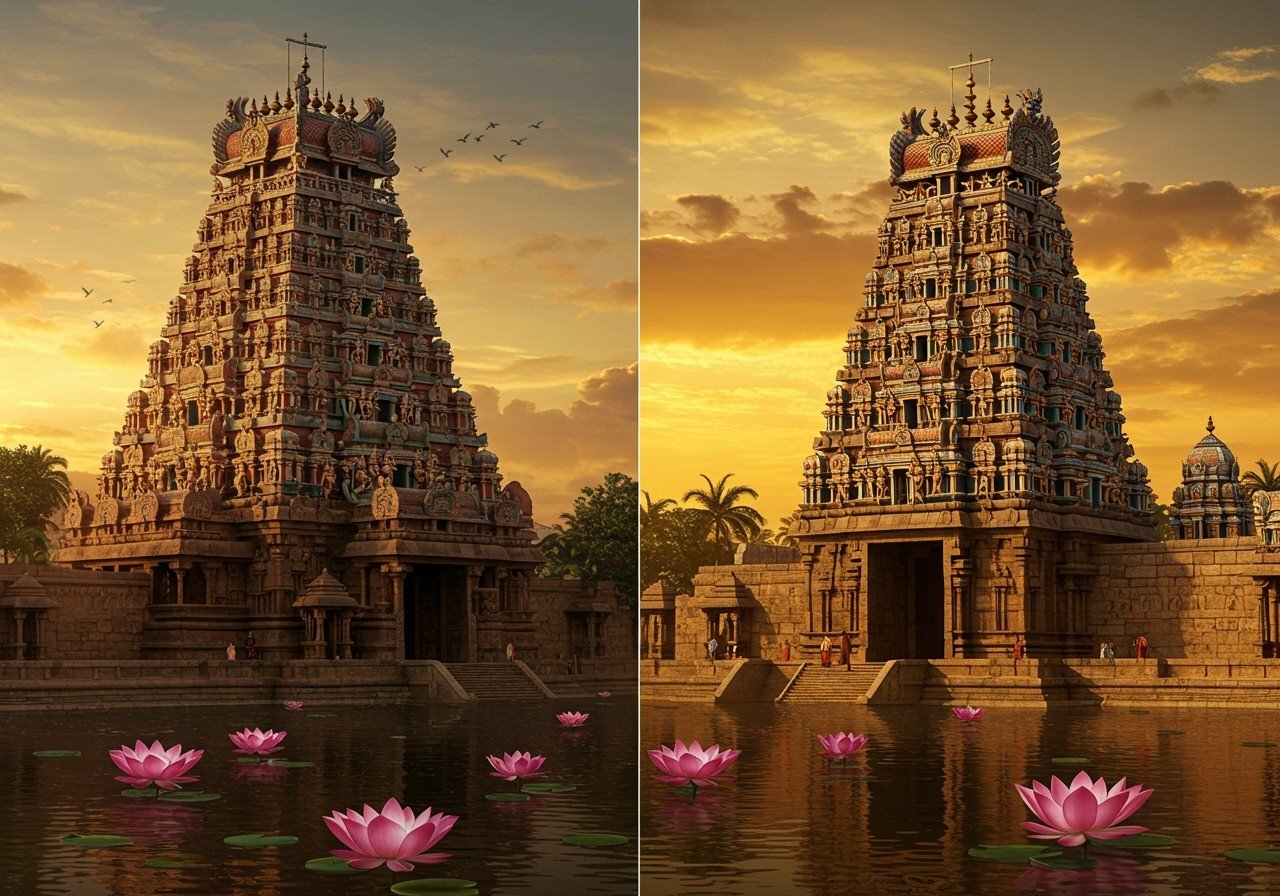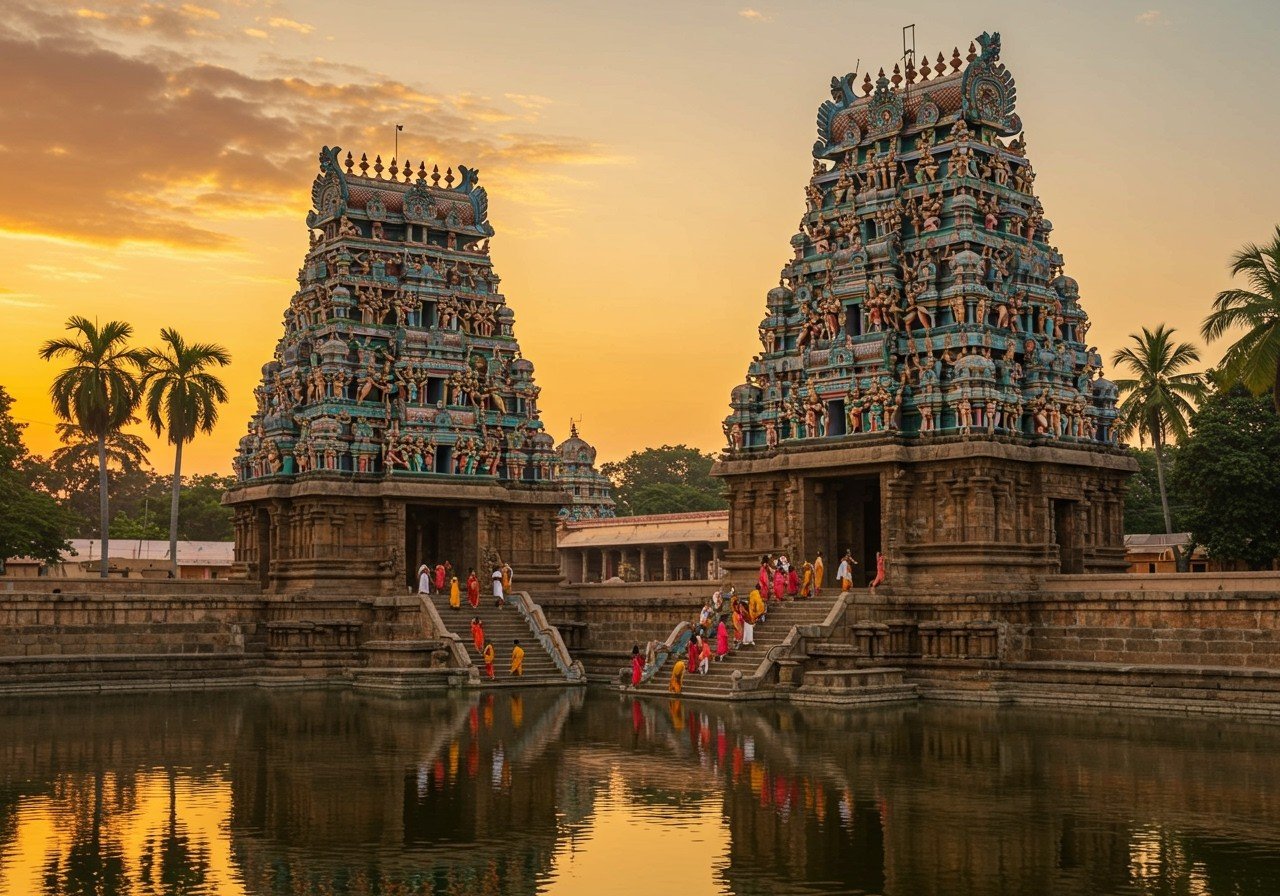

Namaste! Imagine holding a key that could unlock the secrets of our ancestors from over 1,500 years ago. In the world of Indian history, such keys are rare and precious. One such treasure is the Halmidi Inscription, a simple stone slab that tells a profound story about our language, our culture, and our deep-rooted Dravidian heritage. It’s not just a piece of rock; it’s a voice from the past, whispering tales of ancient Karnataka.
So, what exactly is this famous inscription? Found in a small village called Halmidi in Karnataka, this stone is celebrated as the oldest known Kannada-language inscription ever discovered. Think about that for a moment! It’s the earliest proof we have of our beloved Kannada language being written down, a true milestone in our cultural journey.
A Discovery That Rewrote History
The story begins in 1936 in the Hassan district of Karnataka. When archaeologist Dr. M. H. Krishna stumbled upon this stone, he knew it was something special. Dated between 450 CE and 500 CE, it pushed back the history of written Kannada by centuries! This was a moment of immense pride, confirming the ancient origins of a language spoken by millions today. The inscription belongs to the era of the Kadamba dynasty, rulers who championed local languages and helped Kannada flourish.

The Whispers on the Stone: What Does It Say?
Deciphering these ancient carvings is like solving a beautiful puzzle. The inscription is written in a form of Kannada we now call puruvada-hala Kannada, or pre-old Kannada. It talks about a grant of land to a Brahmin, a common practice that tells us a lot about the society of that time. But what’s truly heartwarming is that it begins with a prayer. The first two lines are a beautiful invocation to Lord Vishnu, written in Sanskrit, showing how faith and daily life were deeply intertwined.
This mix of Sanskrit and Old Kannada words gives us a fascinating peek into how our language was evolving. It wasn’t just one or the other; it was a living, breathing language, adopting and adapting as it grew.
The Soul of a Language: Its Dravidian Connection
The Halmidi Inscription is a cornerstone for understanding our linguistic family. The Kannada script itself is believed to have beautifully evolved from the southern types of the Ashokan Brahmi script. Many scholars also point out the lovely similarities between the script on this stone and ancient Tamil Brahmi characters. This doesn’t just link languages; it connects people and reinforces our shared Dravidian heritage.
- A Classical Legacy: This early evidence is a key reason why Kannada is rightfully recognised as a classical language. It shows a rich, independent literary and linguistic tradition that has thrived for millennia, much like the timeless principles seen in Dravidian and Nagara architecture.
- A Bridge to the Past: For anyone who loves language, this inscription is a goldmine. It helps researchers trace the roots of Kannada words and understand how the sounds and grammar have changed over centuries, connecting us directly to the voices of our ancestors.
A Window into Ancient Life and Faith
This ancient stone is more than just a language lesson; it’s a glimpse into the heart of 5th-century society. The mention of land grants and the respect shown to Brahmins highlight a well-organised society where religion played a central role in governance. It paints a picture of a time when local traditions and broader cultural practices were blending together seamlessly.
This dynamic interplay between language, faith, and politics is what makes our history so rich. It reminds us of how community life often revolved around spiritual centres, a tradition that continues today in our magnificent temples. The role of these sacred spaces in our daily lives is a testament to this long-standing culture, something you can explore further in these readings on the key features of Dravidian temples and their deep role in Hindu rituals.
Bringing Our Heritage Home
The invocation to Lord Vishnu on the Halmidi stone is a powerful reminder of how our faith has been a guiding light for centuries. We carry this very faith in our hearts and homes, creating sacred spaces that connect us to our Sanatana Dharma and our rich past. Honouring this heritage can be as simple as bringing a symbol of it into our own mandir.
A simple, elegant piece like an Om Sanatan Hindu Wall Hanging can serve as a beautiful, daily reminder of this timeless connection to our roots. At Poojn.in, we believe that every home deserves a touch of this sacred heritage, bringing peace and a sense of belonging.
A Legacy Etched in Time
The Halmidi Inscription is not just an archaeological artifact preserved by the Archaeological Survey of India (ASI); it is a living piece of our identity. It’s a source of immense pride for Kannada speakers and a beacon for anyone interested in India’s glorious past. By understanding and cherishing such treasures, we keep the stories of our ancestors alive. Let’s continue to celebrate these connections, ensuring that the legacy etched in stone continues to inspire generations to come.


